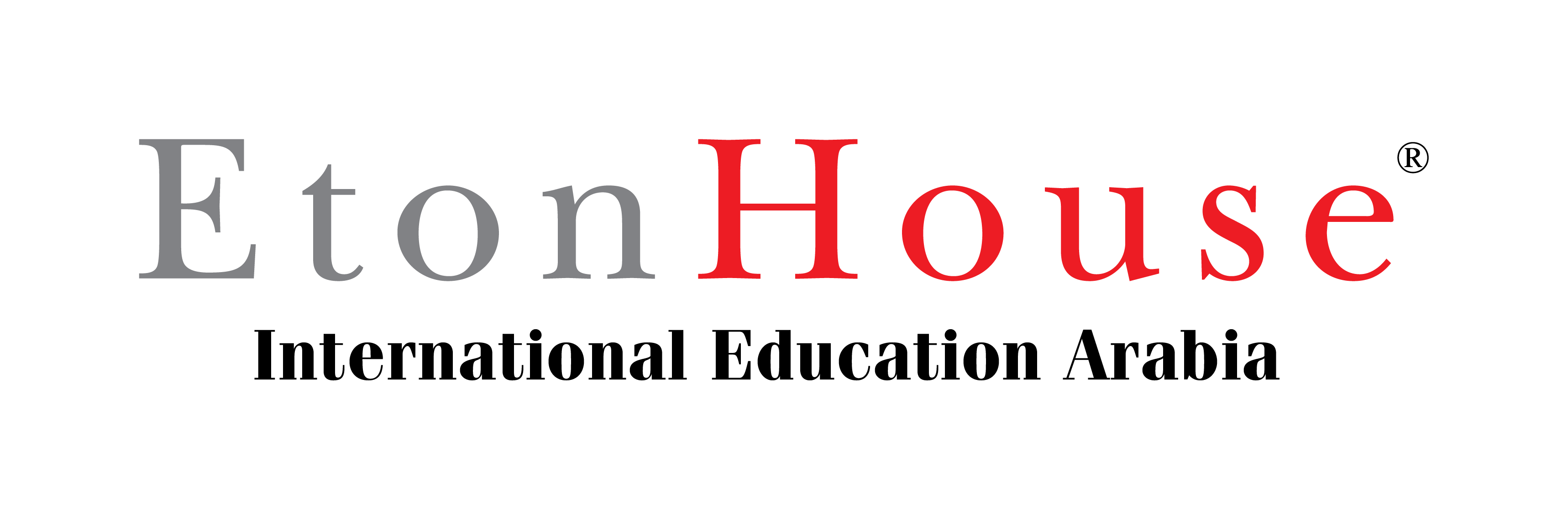In an increasingly interconnected world, the ability to communicate in more than one language is a powerful gift. But beyond just words, multilingualism opens doors to new ways of thinking, deeper cultural understanding, and greater cognitive flexibility.
In this article, we explore what sets a strong multilingual immersion programme apart and how you can raise a multilingual child.
How should parents choose a multilingual immersion programme?
Every parent wants a head start for their child. In today’s globalised world, multilingualism is more than an advantage—it’s a necessity. When considering a language immersion program, think long-term. The goal is not just fluency, but a genuine interest in the languages, along with a deep appreciation of the cultures they represent. A multilingual immersion program, therefore, makes sense for families committed to the multi-year journey of developing multiliteracy, multicultural awareness, and cognitive flexibility in their children. Once your child is on the path, consistency and exposure are key—it’s true what they say, “use it or lose it.”
Exposure
Exposure is one of the most powerful tools in language learning. Children need to hear and use the languages in meaningful, everyday contexts. Families can begin by weaving the languages—Arabic, English, or Mandarin—into their daily routines. Even if you don’t speak all three at home, you can foster interest by listening to songs, watching children’s shows, or exploring audiobooks in those languages.
Mandarin, for instance, is a tonal language, so exposure to its sounds is essential early on. Arabic has its own unique script and phonetics, which children can begin to pick up through storytelling and songs. With technology at our fingertips, it’s never been easier to find multilingual resources online that make this exposure fun and engaging.
Extracurricular Programmes
If you are unable to provide a language-rich environment at home, extracurricular programmes can play a key role. But it’s not just about enrolling your child in classes—it’s about finding the right kind of engagement that excites and interests them. Look for activities where language is used naturally and joyfully, such as art, music, storytelling, or drama conducted in Arabic, Mandarin, or English. The goal is to immerse your child in real-life use of the language through play, creativity, and interaction.
What sets the EtonHouse multilingual programme apart?
Differentiated instruction
Our educators continuously assess and differentiate instructions to benefit each individual child. Whether your child is learning Arabic, Mandarin, or English, instruction is tailored to meet each child at their current level of proficiency. We integrate language learning with our inquiry-based curriculum, so children are not just learning vocabulary—they’re exploring ideas, expressing themselves, and building connections in multiple languages.
For example, when exploring a unit on nature or the human body, educators intentionally select age-appropriate vocabulary and grammatical structures in each language, ensuring the concepts are adapted to each child's proficiency level that is comprehensible to them. Instructions are thoughtfully adapted, scaffolded, and contextualised so children learn both language and meaning.
Languages as living, cultural tools
At EtonHouse, we believe that learning a language is a life skill; a way to communicate with others and a chance to learn and understand a different culture. That’s why we treat Arabic, English, and Mandarin as living languages—not just academic subjects. In our programmes, we develop strong language skills while integrating cultural experiences, thus laying a multilingual and cross-cultural foundation in the children.
Apart from in-class learning experiences, children engage in cultural celebrations, performances, and everyday conversations that bring the languages to life. Our goal is for children to view learning languages as something to be enjoyed, not endured.
Discover how our multilingual and cross-cultural immersion programme nurtures confident, global-minded learners.

%20(3)%20web%20(2).jpg)

